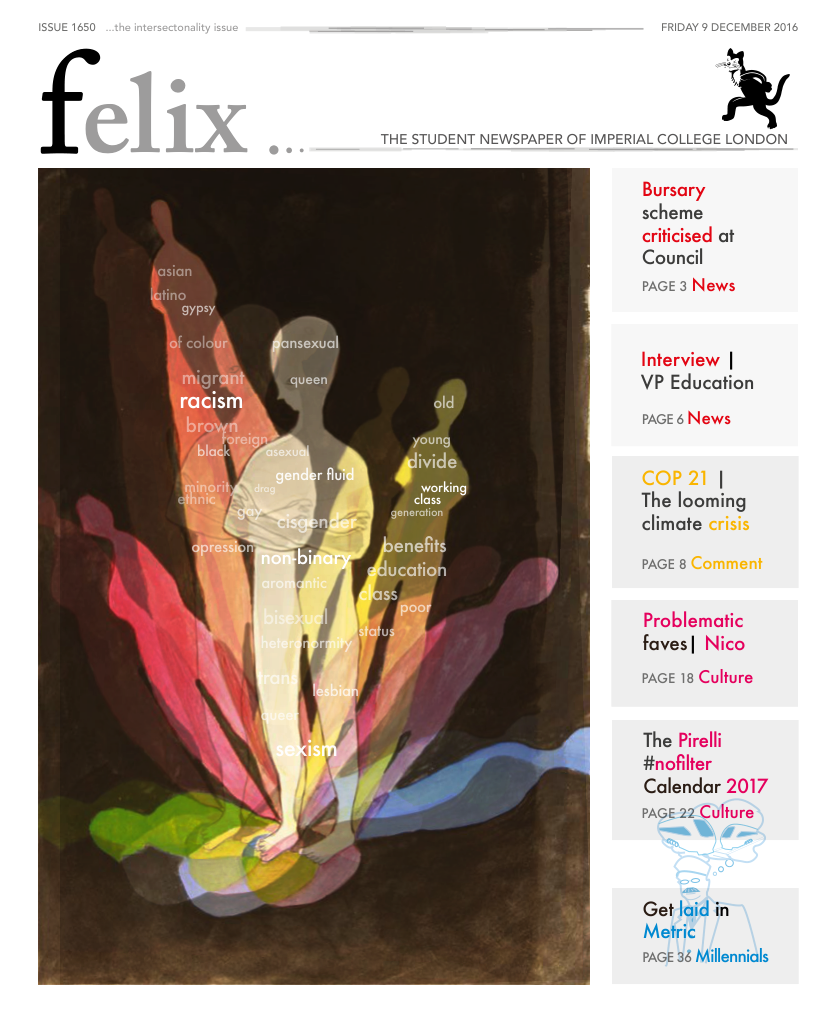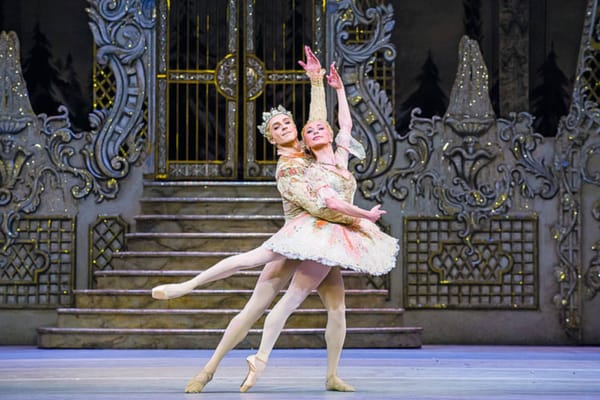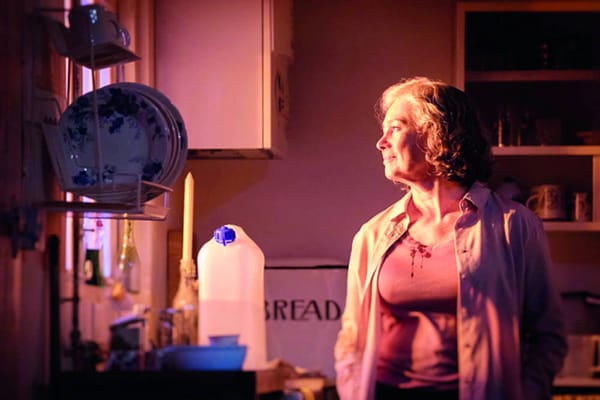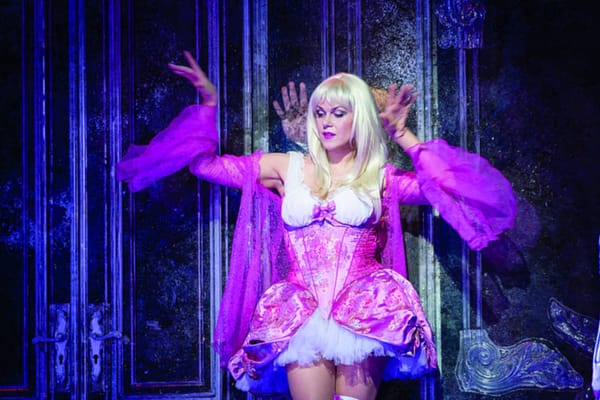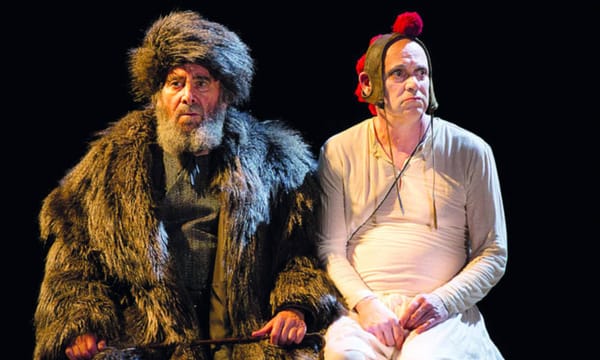Il trovatore | Melodrama and musical beauty
Il trovatore is on at the Royal Opera House until the 4th of February 2017

Il trovatore is a classic opera by Verdi, one of the most regularly performed in the operatic repertoire today. It is the sort of opera that has fuelled the caricatures of the art form – it is confusing, extravagant, and filled with impassioned singing, known as much for its convoluted plotline as for its musical beauty.
Based on the 1836 play El trovador, Il trovatore is a story of high melodrama and conflict that spans two generations. Originally set in Aragon in the 15th century, the Count di Luna is madly in love with the lady Leonora. Years ago, the previous Count had a 'gypsy' woman unjustly burnt at the stake for allegedly bewitching di Luna’s infant brother Garzia. With her dying breath, the gypsy woman commanded her daughter – Azucena – to avenge her by throwing the infant Garzia into the flames. In the heat of the moment, however, Azucena mistakenly casts her own child upon the pyre and raises Garzia as her surrogate son. Now known as Manrico, he is a knight outlawed for pledging allegiance to a rival prince. Bringing the story full circle, Manrico and Leonora are lovers; meanwhile, di Luna searches for Azucena to avenge his brother’s death. The opera revolves around these four characters, each with their own intense passions. Inspired by the boldness of his characters, the parts Verdi wrote for them are difficult and require great technical skill. As Enrico Caruso, the great Italian operatic tenor, famously said, “All you need for Verdi’s Il Trovatore are the four greatest singers in the world.” I would stop short of such high praise of the Royal Opera cast, although they make an admirable attempt to rise to the challenge. Maria Agresta as Leonora faltered on the high notes of her arias such as Tacea la notte placida (The peaceful night lay silent), though she did improve as the night went on. As Manrico, Najmiddin Mavlyanov played the chivalrous knight to perfection with his melodic voice but did not quite bring out the fervour needed in the scenes of conflict. I enjoyed Quinn Kelsey’s rich baritone; his solo Il balen de suo sorriso (The light of her smile), in which di Luna expresses his undying love for Leonora, was deeply moving.
The indubitable star of the show, however, was Anita Rachvelishvili as Azucena. Azucena is the character on whom the tension of the plot hinges; though she has the power to reconcile the two di Luna brothers at any point, her desire for vengeance hinders her from doing so, and the story ends in tragedy. Verdi saw her as the principal character, going so far as to claim, “If I were a prima donna (a fine thing that would be!), I would always rather sing the part of the Gypsy in Il trovatore.” With such big shoes to fill, Rachvelishvili embodies the part of Azucena impressively. Her smouldering voice made for a breathtakingly intense Stride la vampa! (The flames are rising!), while her duet with Mavlyanov in Non son tuo figlio (I am not your son) was one of the best pieces of the evening.
Director David Bösch’s production premiered in July earlier this year to largely lukewarm reviews. Personally, I found it quite aesthetically pleasing; the bleak, snow-filled landscape contrasts with the flames of the pyre that are an ever-present threat. The anachronistic elements – di Luna’s military tank, the gypsy band transformed into a travelling circus – detracted from rather than improving the production, but were easy enough to ignore. Maybe I’ve been desensitised after too many avant-garde operatic productions, but this really wasn’t so bad.
Conductor Richard Farnes led the ROH orchestra in Verdi’s dramatic and captivating score. This is the first opera by Verdi I’ve seen, and the music made it immediately apparent why he has such a legacy as an operatic legend. A classic opera, with an excellent cast and ambitious direction – definitely recommended.

